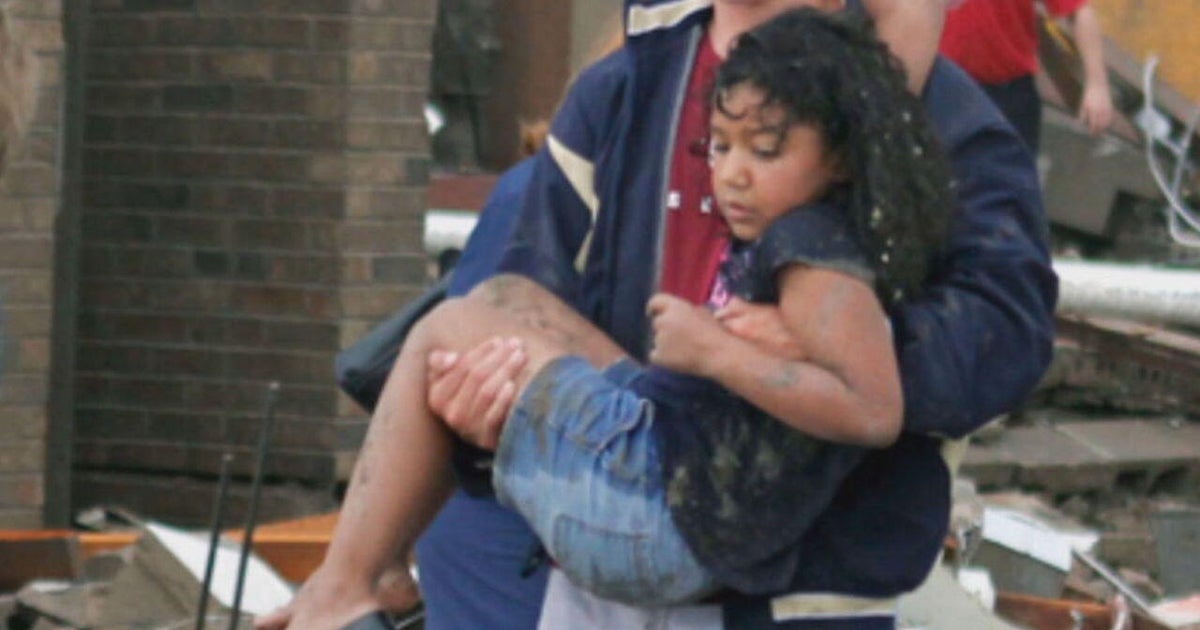From Survivor to Scholar: A Young Woman’s Journey to Meteorology After an EF5 Tornado
At eight years old, Emma Carter survived one of nature’s most destructive forces—an EF5 tornado that obliterated her hometown of Moore, Oklahoma, in 2013. Now 20, Carter is pursuing a degree in meteorology at the University of Oklahoma, driven by her traumatic experience to unravel the mysteries of severe weather and improve tornado forecasting. Her story exemplifies resilience and the transformative power of turning tragedy into purpose.
The Day That Changed Everything
On May 20, 2013, a 1.3-mile-wide EF5 tornado with winds exceeding 200 mph tore through Moore, killing 24 people and injuring 377. Carter’s family home was among the 1,150 structures destroyed. “I remember the deafening roar and my mother shielding me in a bathtub as our walls collapsed,” she recalls. “That day ignited my obsession with understanding how storms work.”
The Moore tornado was part of a record-breaking year for EF5s in the U.S., with three occurring within 16 days—a phenomenon meteorologists attribute to unusual atmospheric instability. According to NOAA, such tornadoes account for less than 0.1% of all U.S. tornadoes but cause over 25% of tornado-related fatalities.
Channeling Trauma Into Academic Pursuit
Carter’s journey into meteorology began in high school, where she participated in storm-chasing field studies with the National Weather Service. “Emma’s firsthand experience gives her a unique perspective,” says Dr. Alan Kessler, her faculty advisor. “She approaches weather systems with both scientific rigor and emotional insight rare in undergraduate researchers.”
Her current research focuses on:
- Dual-polarization radar technology, which improves tornado detection times (now averaging 13 minutes versus 8 minutes in 2013)
- Climate change impacts on Tornado Alley’s shifting geography
- Public communication strategies to reduce fatalities during rapid-onset storms
The Evolving Science of Tornado Prediction
Since 2013, advancements like the upgraded WSR-88D radar network and machine learning models have increased tornado warning accuracy by 40%. However, challenges persist. “While we’ve extended lead times, false alarms remain at 70%,” notes Kessler. “Researchers like Emma are crucial to bridging that gap.”
Carter recently co-authored a study analyzing the 2023 Rolling Fork, Mississippi, EF4 tornado, which demonstrated how soil moisture data could refine intensity predictions. Her work earned her a prestigious NOAA Hollings Scholarship, funding two years of research.
A Future Shaped by the Past
Carter plans to pursue a Ph.D. in atmospheric sciences, aiming to work at NOAA’s National Severe Storms Laboratory. “I don’t just want to predict tornadoes,” she says. “I want to ensure no eight-year-old experiences what I did because we failed to warn their family in time.”
Her advocacy extends beyond academia. Carter volunteers with StormAware, a nonprofit educating schools in tornado-prone regions. Last year, she helped implement a statewide initiative distributing weather radios to low-income households—a program credited with saving 12 lives during Oklahoma’s 2024 tornado season.
The Human Cost Behind the Data
While technology advances, Carter emphasizes that meteorology must prioritize vulnerable communities. “Mobile home residents are 15 times more likely to die in tornadoes,” she notes, referencing a 2023 University of Michigan study. “Early warnings mean nothing without accessible shelters and culturally tailored preparedness programs.”
Her perspective resonates with disaster sociologist Dr. Teresa Wong: “Survivor-scientists like Emma remind us that behind every statistic are human stories. Their dual lens can drive more empathetic—and effective—policy.”
What’s Next for Tornado Research?
The field stands at a crossroads. The 2024 U.S. tornado count (1,050 as of August) is tracking 20% above average, with stronger storms migrating eastward. Researchers are racing to:
- Test AI-powered nowcasting systems that could add 5-7 minutes to warning times
- Develop low-cost sensor networks for underserved rural areas
- Expand research into nighttime tornadoes (which are 2.5 times deadlier)
Carter will present her latest findings at December’s American Geophysical Union meeting. “This isn’t just academic for me,” she reflects. “It’s about rewriting the next chapter of someone else’s survival story.”
For those inspired by Emma’s journey, consider supporting the Storm Prediction Center’s community outreach programs or volunteering with local emergency management agencies.
See more Your Daily Weather



